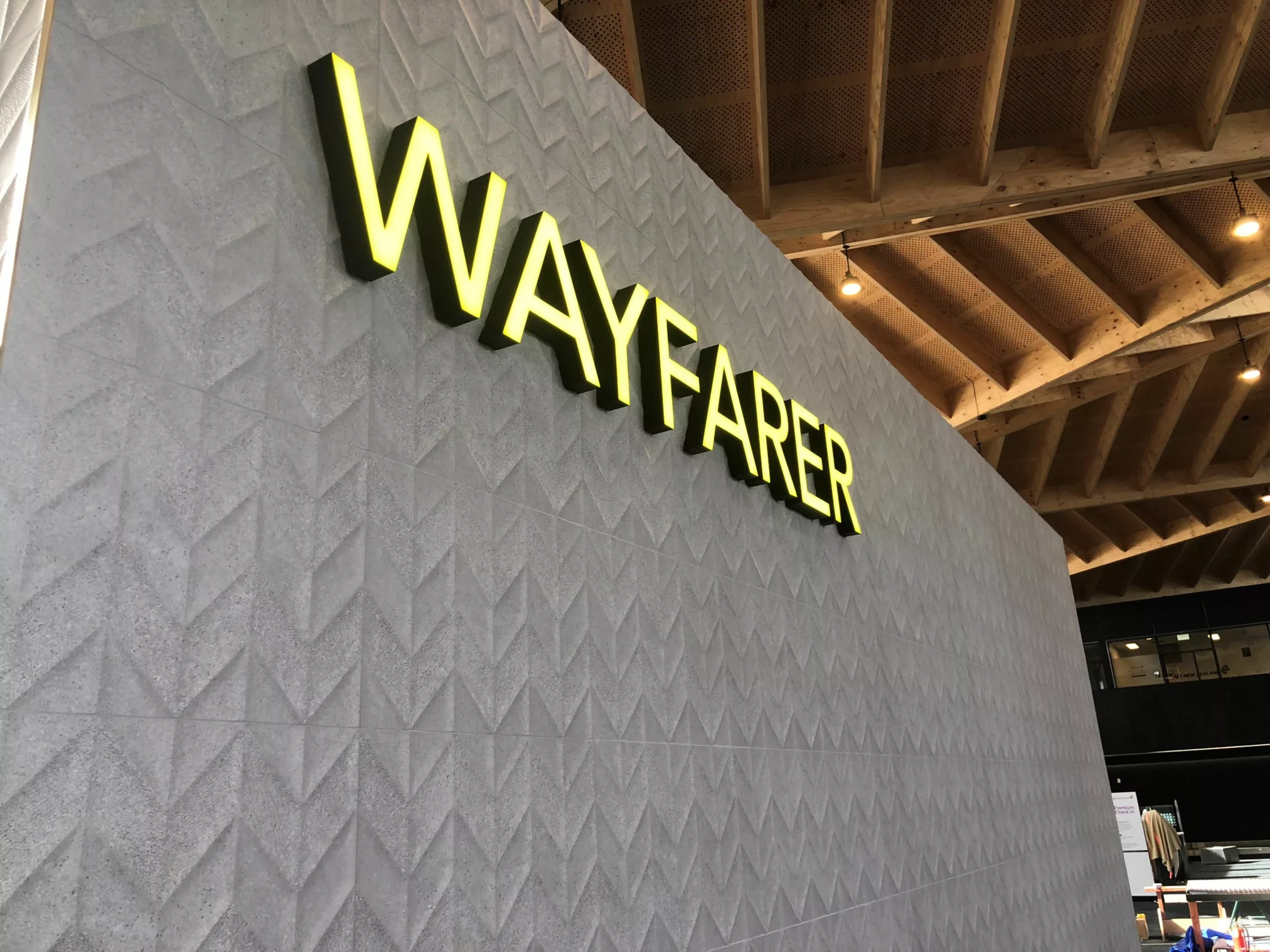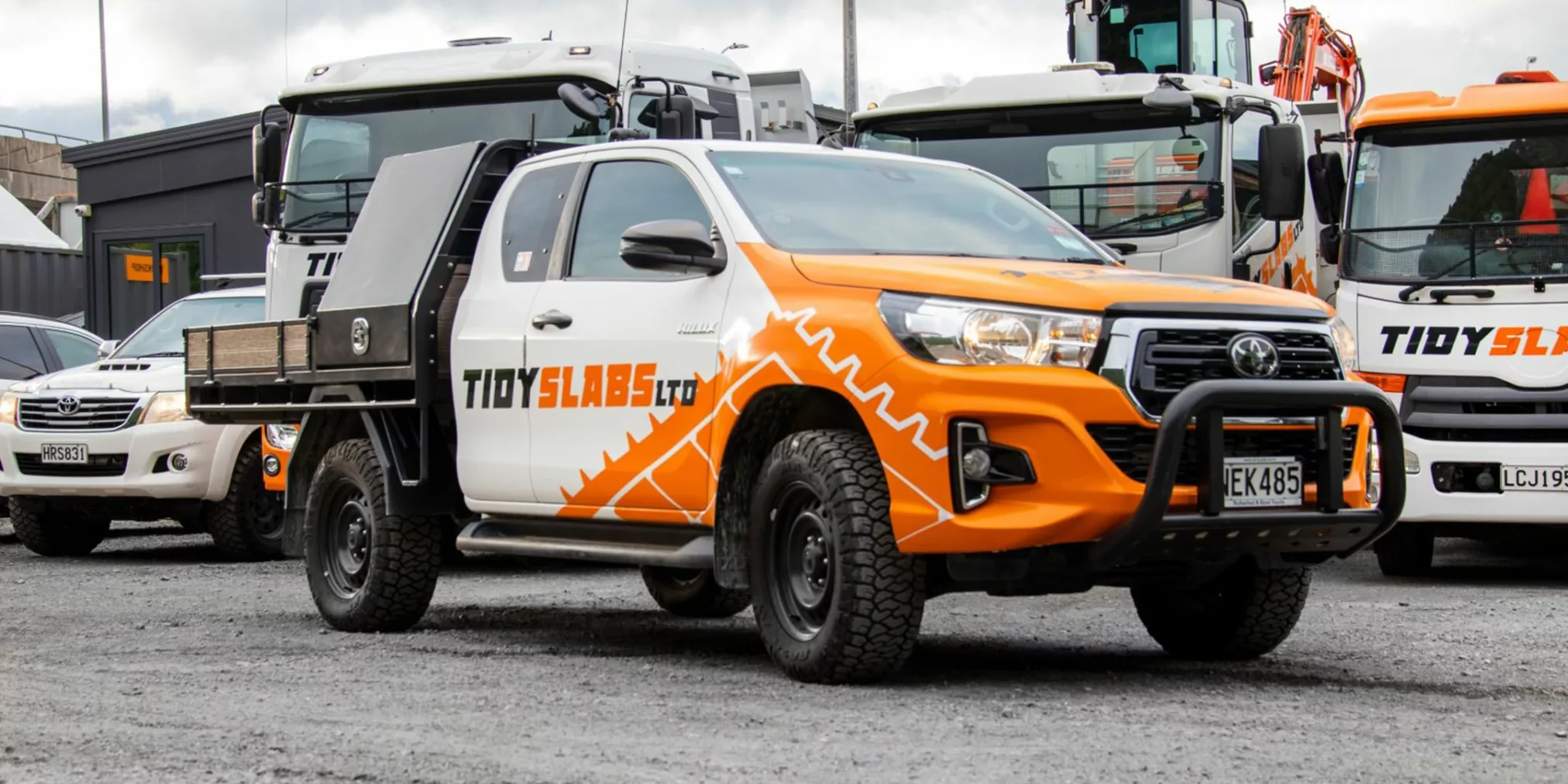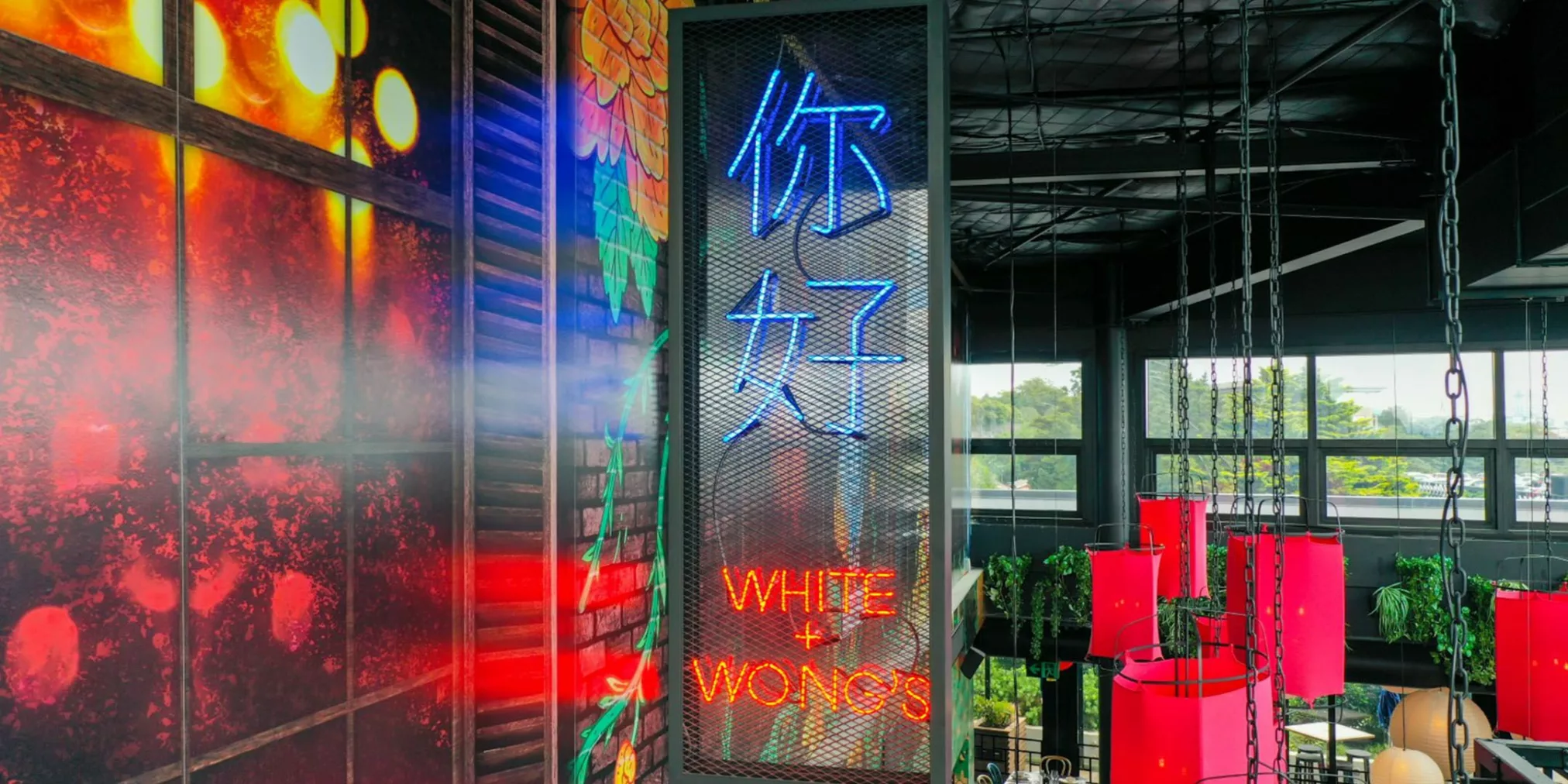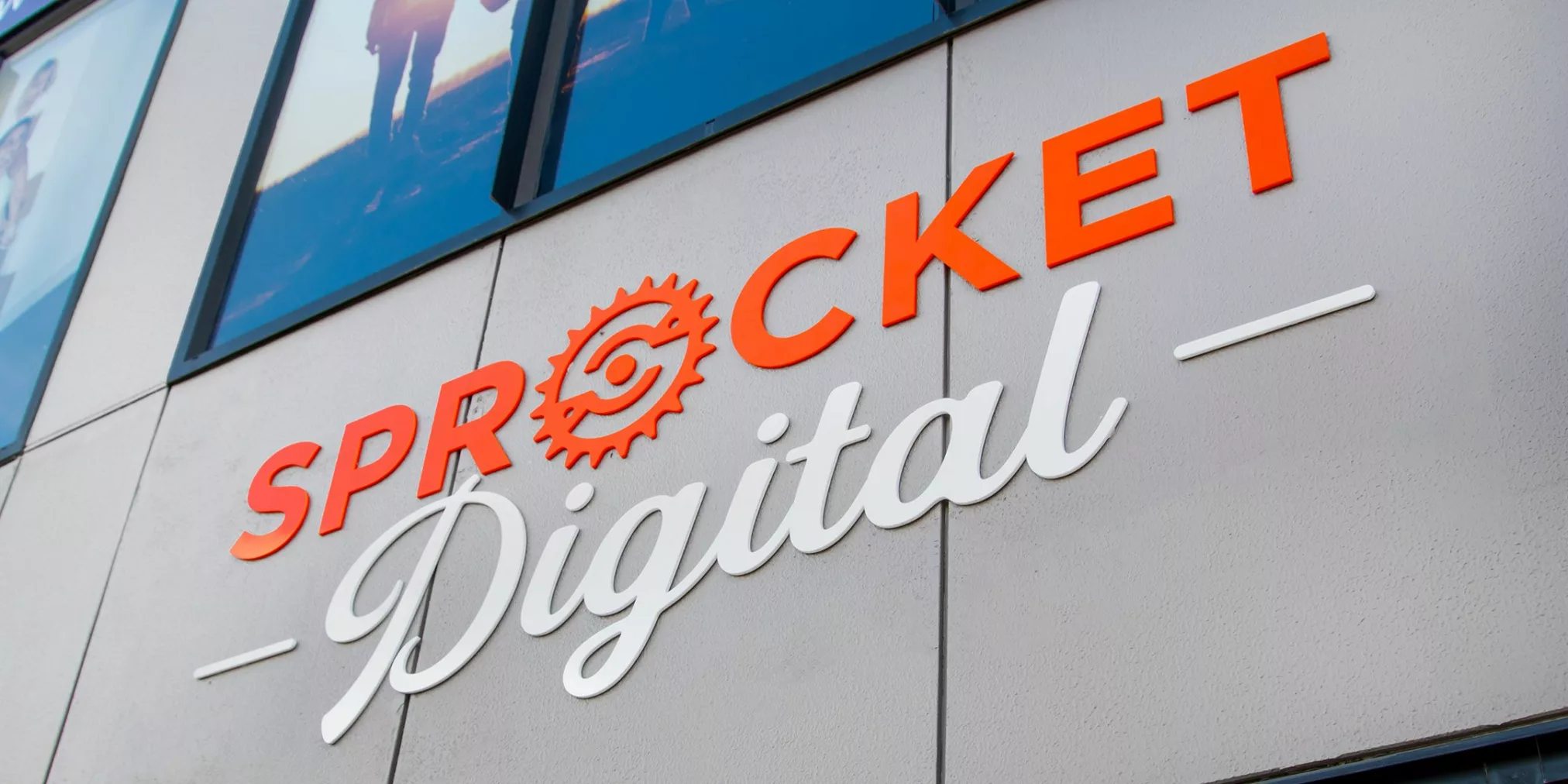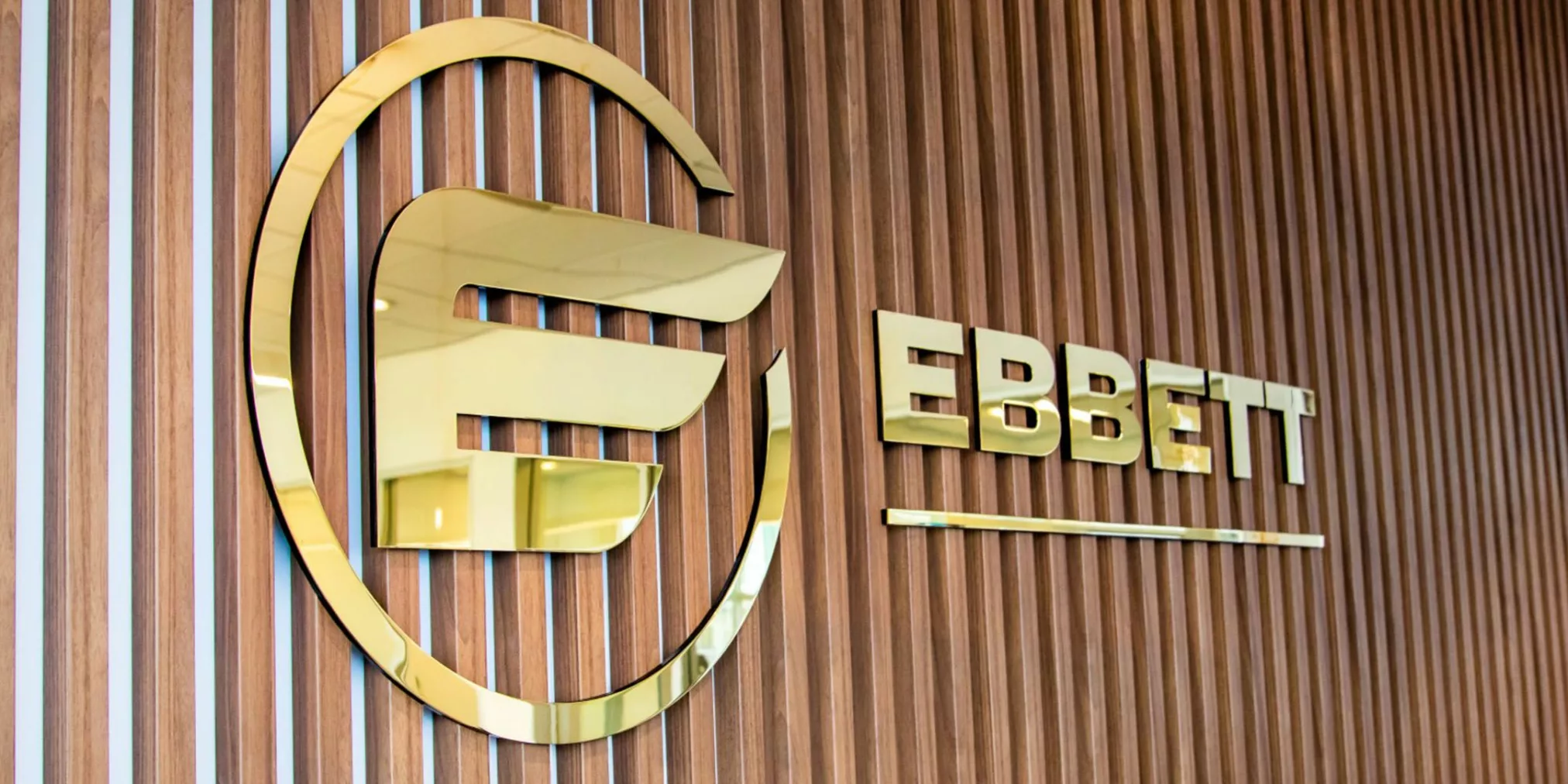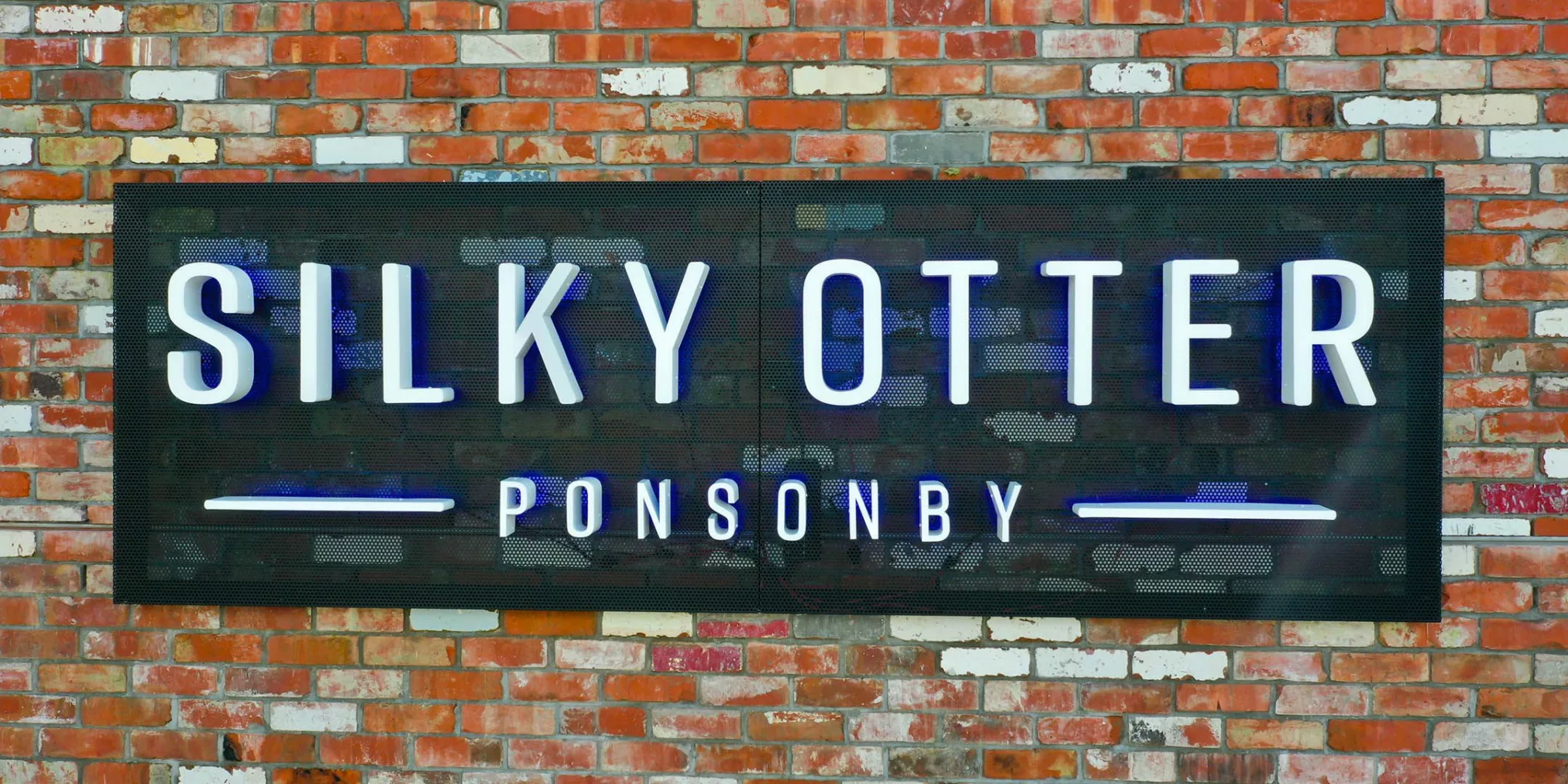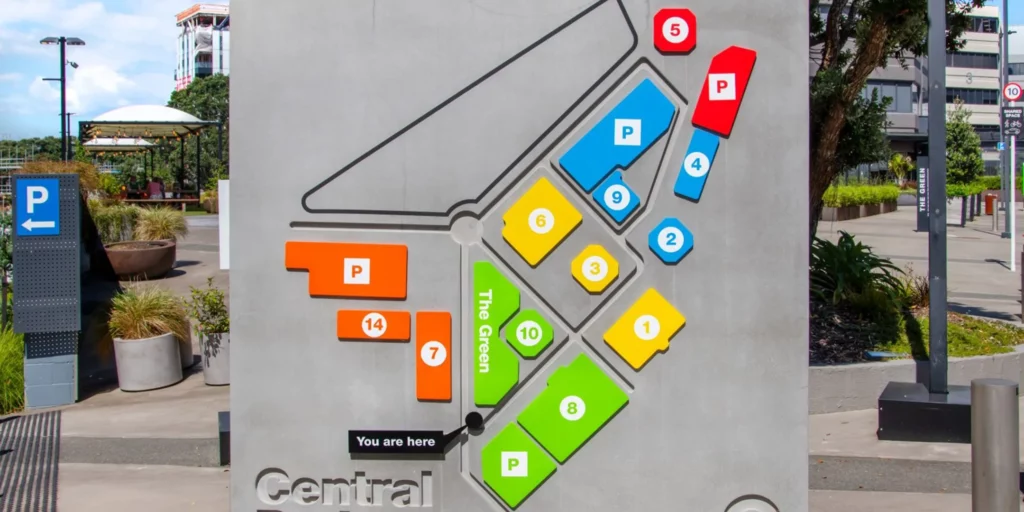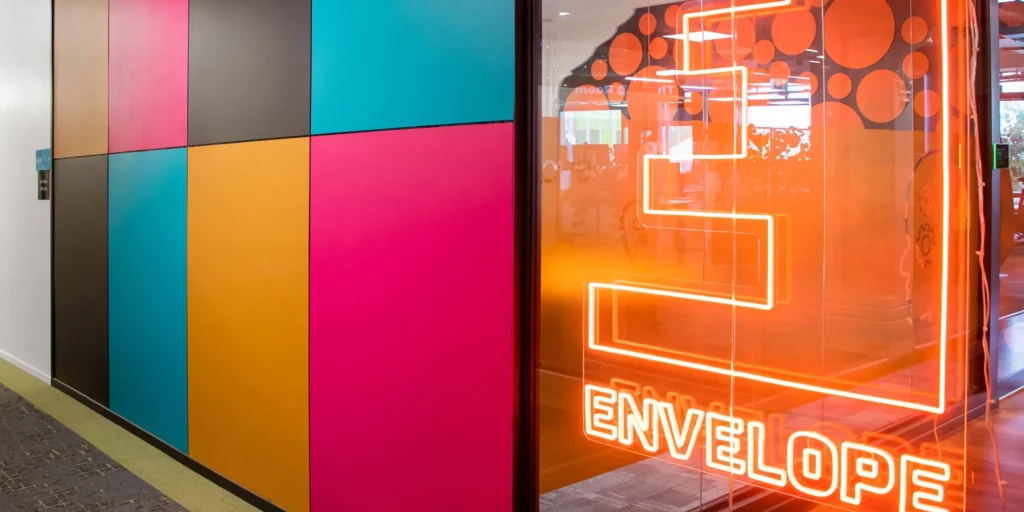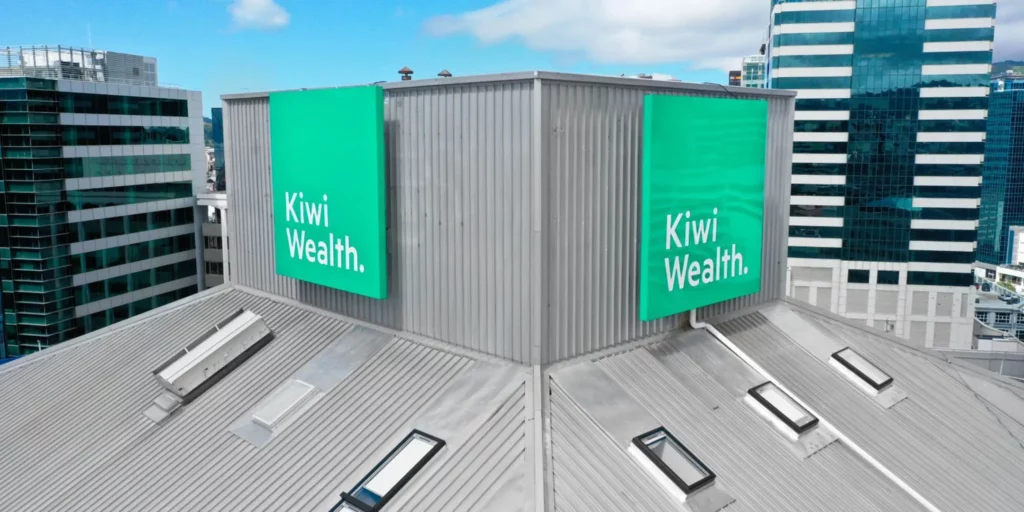Industrial design for signs involves the process of creating effective and aesthetically pleasing signs that convey information to the intended audience. Here are some key considerations for designing effective signs:
- Purpose: The first step in designing a sign is to determine its purpose. Is it for wayfinding, advertising, or providing information? Understanding the sign’s intended purpose will help guide design decisions.
- Audience: The intended audience is also an important consideration when designing signs. The sign’s design should take into account the audience’s language, age, cultural background, and other factors that may influence how they interpret the sign.
- Legibility: A sign’s message must be clear and easy to read. This means selecting a legible font, using appropriate letter spacing and sizing, and ensuring adequate contrast between text and background.
- Branding: Signs can also serve as a way to reinforce a brand’s visual identity. Design elements such as colors, logos, and imagery should be consistent with the brand’s existing style guidelines.
- Materials: The materials used to construct the sign should be durable, weather-resistant, and appropriate for the intended use. Factors such as location, climate, and environmental conditions should be taken into consideration when selecting materials.
- Placement: The placement of a sign is critical to its effectiveness. Signs should be strategically placed in locations where they will be easily seen by the intended audience, such as near entrances or along main thoroughfares.
- Regulations: Finally, it is important to consider any relevant regulations governing the design and placement of signs in the intended location. Regulations may dictate factors such as size, placement, and lighting requirements.
Why signage manufacturers are the best people to design your signs
Sign manufacturers are often the best people to design your signs because they have the expertise and experience to create effective and durable signs. Wise Studios have some of the most extensive experience in this area of any signage company in New Zealand. Here are some reasons why Wise Studios are a good choice for sign design for your business:
- Technical expertise: We have the technical expertise to create signs that are safe, durable, and effective. We understand the best materials and techniques for different types of signs and can recommend the best options for your specific needs.
- Design skills: We have experience in designing signs that are visually appealing and effective at conveying information to the intended audience. We have knowledge of typography, color theory, and layout design, which are all critical elements of effective sign design.
- Knowledge of regulations: We are familiar with regulations and codes governing the design and placement of signs. They can ensure that your sign complies with all relevant regulations, preventing potential legal or safety issues.
- Cost-effective: We can provide expert service and cost-effective design solutions, as they understand the most efficient materials and production processes to use. We can help you create a sign that meets your needs and budget.
- One-stop-shop: We can provide a one-stop-shop for sign design, production, and installation. This makes the process of creating and installing a sign more efficient and streamlined, saving you time and money.
Overall, sign manufacturers have the knowledge and experience to create effective and durable signs that meet your specific needs. Working with a sign manufacturer can ensure that you get a high-quality sign that meets your requirements, on time and on budget.
Industrial design for pylon signs
Industrial design for pylon signs involves creating effective and visually appealing signs that are mounted on a freestanding structure or pylon. Here are some key considerations for designing effective pylon signs:
- Visibility: The primary purpose of a pylon sign is to increase visibility and attract attention from a distance. It is important to consider the sign’s placement and size to maximize visibility and ensure that the sign is easily visible from different angles and distances.
- Branding: Pylon signs can also serve as a way to reinforce a brand’s visual identity. Design elements such as colors, logos, and imagery should be consistent with the brand’s existing style guidelines.
- Legibility: A pylon sign’s message must be clear and easy to read. This means selecting a legible font, using appropriate letter spacing and sizing, and ensuring adequate contrast between text and background.
- Materials: Pylon signs must be designed using durable materials that can withstand outdoor weather conditions, such as high winds, rain, and snow. Common materials used for pylon signs include aluminum, steel, and acrylic.
- Lighting: Illumination is an important aspect of pylon sign design. Lighting can make the sign more visible at night or in low-light conditions and can also enhance the sign’s overall aesthetic appeal.
- Regulations: It is important to consider any relevant regulations governing the design and placement of pylon signs in the intended location. Regulations may dictate factors such as size, placement, and lighting requirements.
- Structural considerations: Pylon signs must be designed with structural considerations in mind. The design must ensure that the sign is sturdy and can withstand wind loads, seismic loads, and other potential stressors.
Overall, industrial design for pylon signs requires a combination of aesthetics, functionality, and technical expertise. A professional sign manufacturer or industrial designer with experience in pylon sign design can help you create a sign that meets your needs and budget while adhering to all relevant regulations and safety requirements.
Industrial design for sky signs
Industrial design for sky signs involves creating effective and visually appealing signs that are mounted on the exterior of a building or structure, typically at a high elevation. Here are some key considerations for designing effective sky signs:
- Visibility: The primary purpose of a sky sign is to increase visibility and attract attention from a distance. It is important to consider the sign’s placement and size to maximize visibility and ensure that the sign is easily visible from different angles and distances.
- Branding: Sky signs can also serve as a way to reinforce a brand’s visual identity in a space like no other form of signage. Design elements such as colors, logos, and imagery should be consistent with the brand’s existing style guidelines.
- Legibility: A sky sign’s message must be clear and easy to read. This means selecting a legible font, using appropriate letter spacing and sizing, and ensuring adequate contrast between text and background.
- Materials: Sky signs must be designed using durable materials that can withstand outdoor weather conditions, such as high winds, rain, and snow. Common materials used for sky signs include aluminum, steel, and acrylic.
- Lighting: Illumination is an important aspect of sky sign design. Lighting can make the sign more visible at night or in low-light conditions and can also enhance the sign’s overall aesthetic appeal.
- Structural considerations: Sky signs must be designed with structural considerations in mind. The design must ensure that the sign is sturdy and can withstand wind loads, seismic loads, and other potential dynamic stressors. The attachment method must also be carefully considered, as it must be strong and secure enough to hold the sign in place.
- Regulations: It is important to consider any relevant regulations governing the design and placement of sky signs in the intended location. Regulations may dictate factors such as size, placement, lighting requirements, and attachment methods.
Overall, industrial design for sky signs requires a combination of aesthetics, functionality, and technical expertise. A professional sign manufacturer or industrial designer with experience in sky sign design can help you create a sign that meets your needs and budget while adhering to all relevant regulations and safety requirements.
Sign Industrial Design
Industrial design for signs involves the process of creating effective and aesthetically pleasing signs that convey information to the intended audience. Here are some key considerations for designing effective signs:
- Purpose: The first step in designing a sign is to determine its purpose. Is it for wayfinding, advertising, or to provide information? Understanding the sign’s intended purpose will help guide design decisions.
- Audience: The intended audience is also an important consideration when designing signs. The sign’s design should take into account the audience’s language, age, cultural background, and other factors that may influence how they interpret the sign.
- Legibility: A sign’s message must be clear and easy to read. This means selecting a legible font, using appropriate letter spacing and sizing, and ensuring adequate contrast between text and background.
- Branding: Signs can also serve as a way to reinforce a brand’s visual identity. Design elements such as colors, logos, and imagery should be consistent with the brand’s existing style guidelines.
- Materials: The materials used to construct the sign should be durable, weather-resistant, and appropriate for the intended use. Factors such as location, climate, and environmental conditions should be taken into consideration when selecting materials.
- Placement: The placement of a sign is critical to its effectiveness. Signs should be strategically placed in locations where they will be easily seen by the intended audience, such as near entrances or along main thoroughfares.
- Regulations: Finally, it is important to consider any relevant regulations governing the design and placement of signs in the intended location. Regulations may dictate factors such as size, placement, and lighting requirements.
